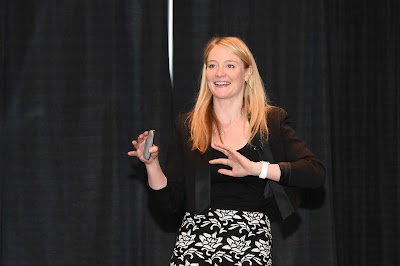Question: What is the best way to take care of feral cats?
Answer: First, let’s get on the same page about what we mean when we say “feral cats.” Feral cats are from the offspring of lost or abandoned pet cats or cats who are not spayed or neutered. These cats were never pets and do not have owners. Feral cats are not tame like pet cats and can be difficult to handle.
The reason feral cats are a problem is because they can threaten the health, safety, and general welfare of the city. Some of the more common concerns include:
• Noise from fighting or mating cats
• Foul odors from cats marking their territory
• Flea infestations
• Multiplying numbers of feral cats
• Visible suffering and death of kittens and cats
Cities have the authority to deal with feral cats. One thing cities can do is adopt a “Trap-Neuter-Return” program, which is what is recommended by the Humane Society of the United States. At a minimum, this program includes spaying or neutering, giving rabies vaccinations, and surgically ear-tipping. (Ear-tipping is the universally recognized sign of a cat that has gone through this sort of program).
Some cities have city employees trap cats. Other cities enlist the assistance of the residents in trapping cats. Cities can provide traps for residents and accept trapped feral cats at designated spots, such as the animal control authority.
Sometimes cities impose “feeding bans” to prohibit residents from feeding feral cats with the idea that if the cats are not fed, they will go away. While this seems like it would work, it often does not. Feeding of feral cats is not easily observed behavior so it is not easy to enforce a ban. Also, some people don’t like to see animals suffering and will feed the cats despite the ban.
For more information, see the League’s
Animal Regulation in Cities memo.
Written by Irene Kao, research attorney with the League of Minnesota Cities. Contact: ikao@lmc.org or (651) 281-1224
This blog post conveys general information. It’s not legal advice.
Please check with your city attorney before acting on this information.
















